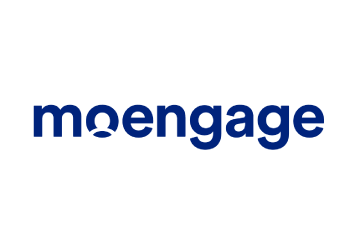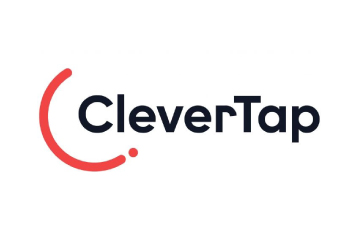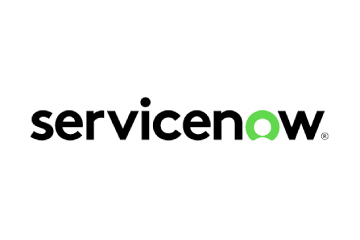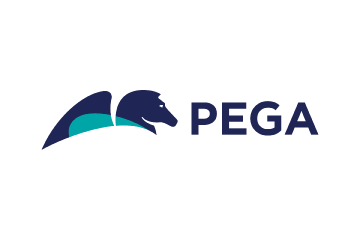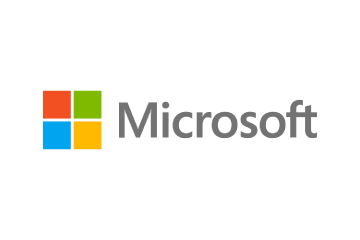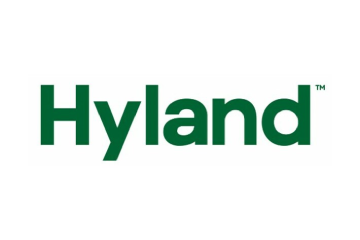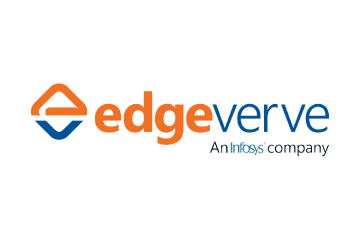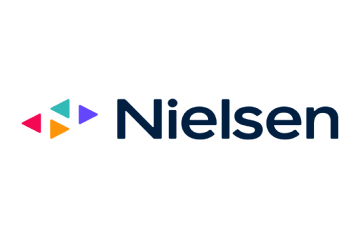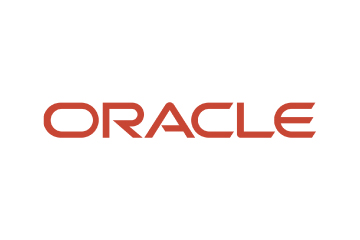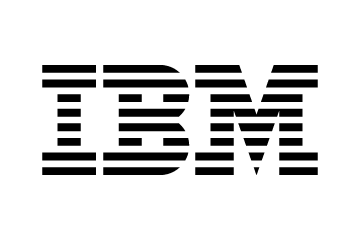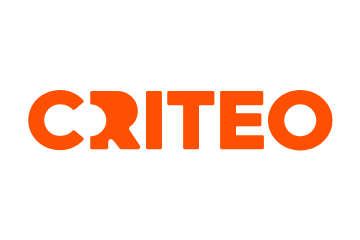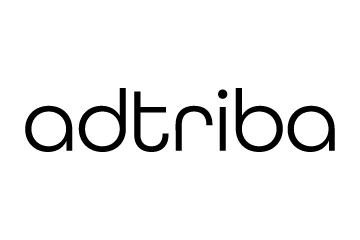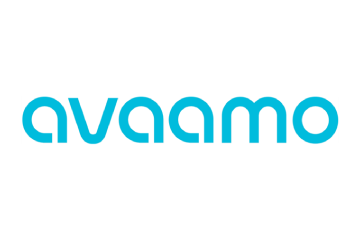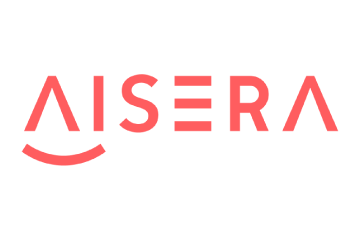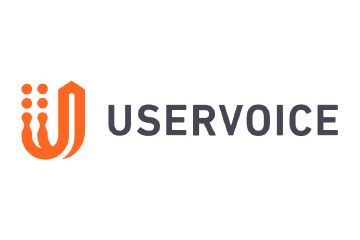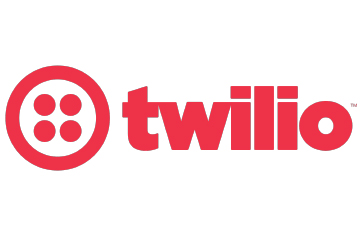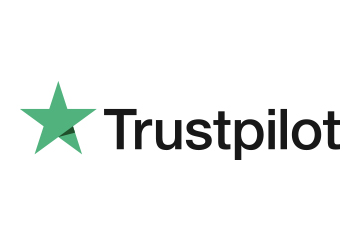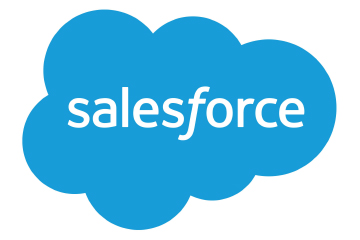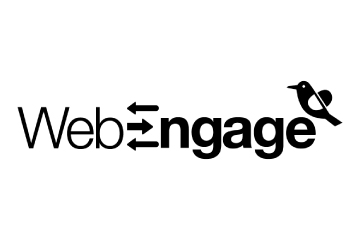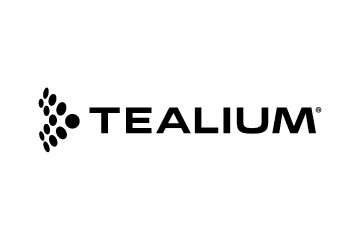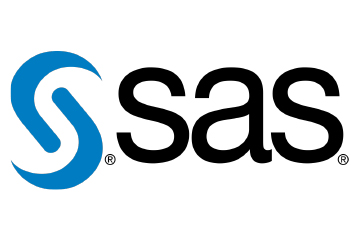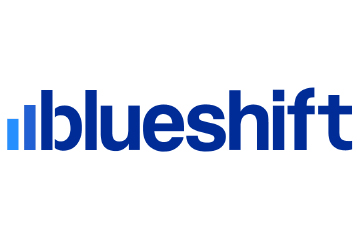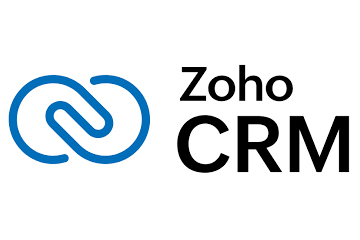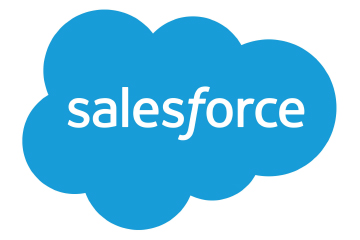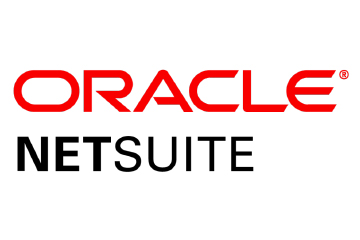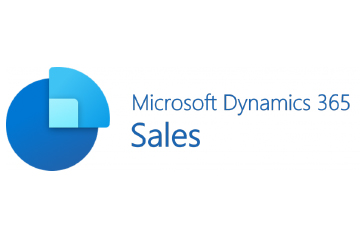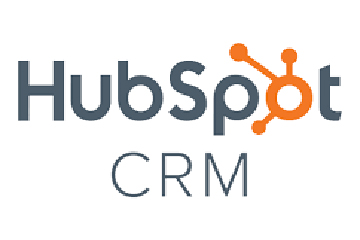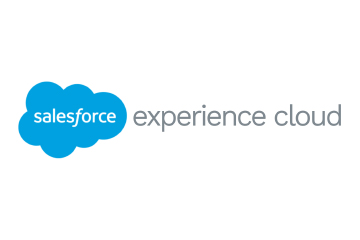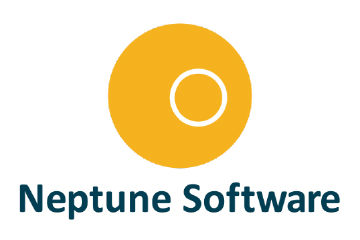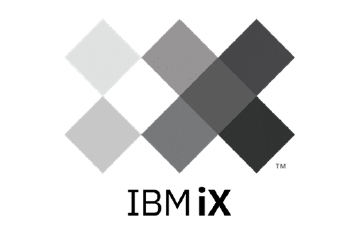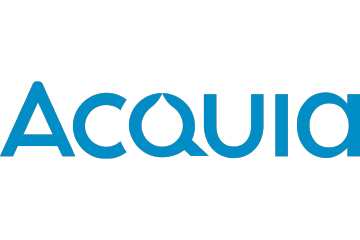promotion, or an interactive video woven into the shopping journey,” says Rajesh Verma, General Manager, Middle East at Epsilon, explaining how retail media cuts through the noise because it’s built on real-world shopping behaviour.
“This approach makes ads feel less like interruptions and more like useful recommendations,” he adds. Secondly, third party data has lost value with privacy regulations gaining traction. Consumers are aware of their rights and demand complete transparency. RMNs base their offerings primarily on first party data, which makes them a preferred choice for customers. Further, the data makes for rich insights, enabling personalised campaigns that respect consumer privacy.
“Because it’s powered by first-party data, brands can be confident each outcome is tied to a real, in-market shopper. The result? Greater performance, better optimisation, and a more seamless experience for consumers,” says Verma, commenting on how the first-party data approach is beneficial to both the brand and the customer.
ALSO READ: RMNs Fuel CPG Growth with First-Party Data at Purchase
Finally, RMNs have brought much clarity to the challenge of measuring returns on campaigns, something that brands have struggled with, and still do. Due to the ability to track the customer from the point of ad exposure to the moment of purchase, it becomes easier to measure ROI metrics and make attributions. Since retail media can be applied over on-site, off-site and in-store locations, they offer an omnichannel view of the customer as well, by connecting online ad exposure to digital and in-store purchases.
Verma expands on how brands can effectively measure ROI in the retail media space, saying it depends on whether the brand is endemic (selling directly on the retailer’s platform) or non-endemic (advertising without selling there).
For endemic brands, he says, measuring return is relatively straightforward—metrics like ROAS and CPA can be tracked directly through owned assets. However, for non-endemic brands, performance measurement relies on having the right tagging and tracking in place, he adds.
“Alternative solutions are also emerging. For example, location measurement is helping brands understand real-world impact. We’ve conducted studies for automotive clients, allowing them to track showroom visits from consumers exposed to their ads. Instead of relying solely on lead generation, they now have a clearer picture of how their messaging translates into foot traffic and, ultimately, sales,” adds Verma.
ALSO READ: Hyper Personalisation: Game-Changer or Customer Trap?
CTV and In-Store: Expanding Beyond Traditional Realms
With omnichannel gaining significance, retail media is poised for growth, as it connects on-site, off-site and in-store advertising for optimised results. Experts predict in GoWit’s recent Retail Media trends that off-site advertising is set to witness massive growth in 2025, due to its ability to offer increased visibility and awareness through channels like video and connected TV (CTV). As per research by E-marketer, CTV will generate $8.67 billion in retail media revenue by 2027.
“CTV combines the best of both worlds: the scale of traditional TV with the targeting precision of digital. And when paired with a burgeoning channel like retail media, it becomes even more powerful,” says Verma. For brands looking to maximise reach while keeping messaging relevant, CTV and retail media is where the smart money is headed, he adds.
In-store advertising with retail media is also set to rise in 2025, with Forrester reporting that 72% of retail sales are still occurring in brick-and-mortar stores. As per GoWit’s Retail Media predictions, this growth is fueled by two key drivers: the rapid adoption of digital advertising tools within stores and evolving consumer shopping behaviours. Retailers can club in-store customer data with loyalty programs to offer the best results. Leading brands like Target and Walmart have already set successful examples with their in-store kiosks, digital shelf displays, etc.
ALSO READ: 5 Expert Tips to Inspire Your CPG Marketing Strategy
How Non-Retail Brands can Tap Retail Media Networks
With fast advancements in the ad industry, retail media networks have opened up for non-retail brands as well. With the right partners, businesses outside of retail can also leverage the potential of retail media. There are a number of partners and resources available for brands lacking the internal capabilities to manage retail media effectively.
Non-retail brands, says Verma, should start by identifying the right retail media networks that align with their target audience and business goals. The key is audience relevance—focusing on networks with access to consumer segments that match your brand’s profile. He emphasises prioritising retailers with strong first-party data in adjacent categories, even if they don’t directly sell your products, as they can offer more refined prospecting capabilities.
“Once you’ve shortlisted some retail media networks, begin with a test campaign. Start small, measure performance, and refine your approach before scaling up investment. This ensures your strategy is optimised for effectiveness from the outset. Then with time, you can explore more avenues, like collaborating with endemic brands for cross-promotions,” adds Verma.
ALSO READ: The Impact of Retail Media and Programmatic Convergence













